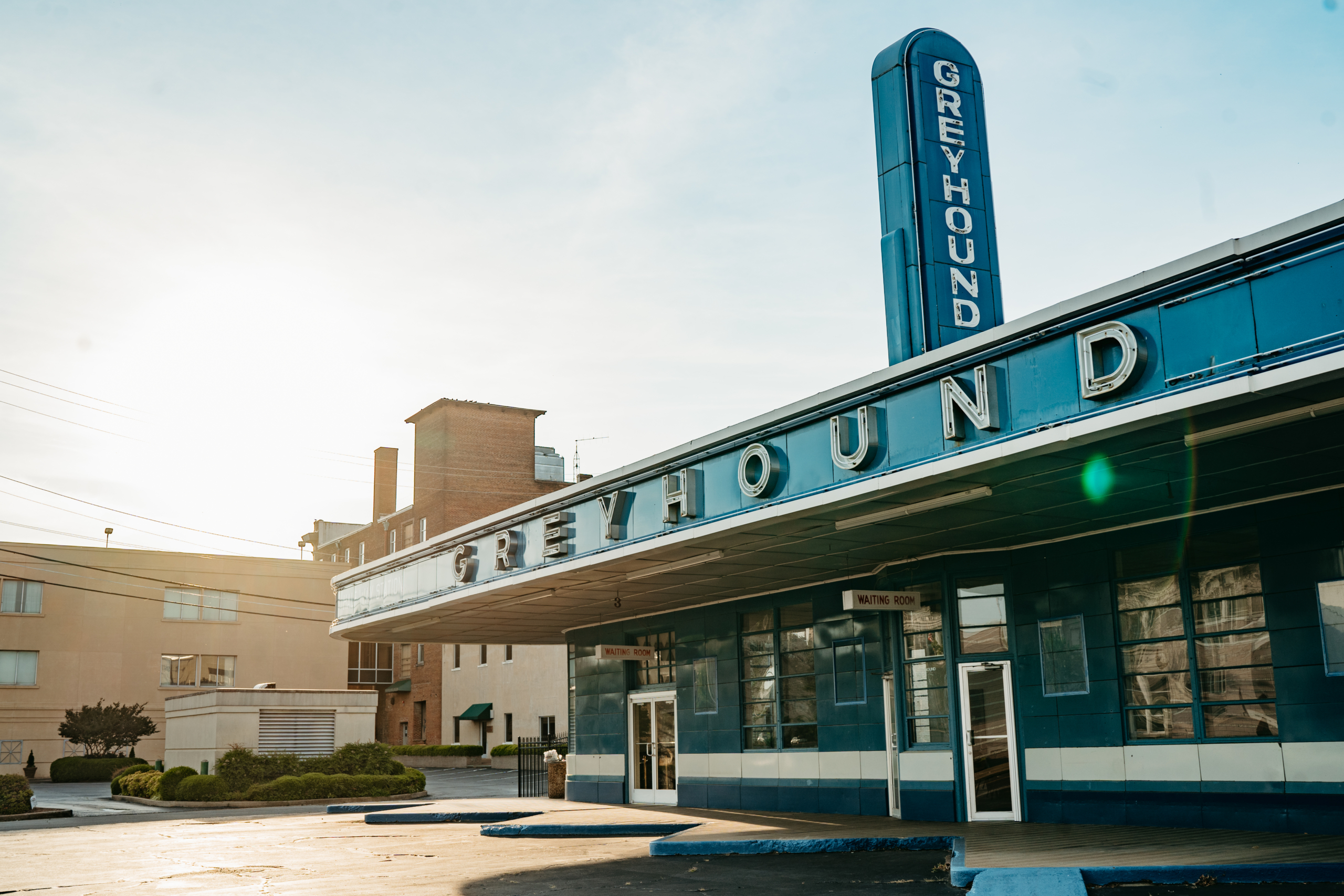Project Description
Transportation & Media
Written by Jack D. Wood
Tennessee Room Librarian at Jackson-Madison County Library
When the Western District of Tennessee opened for settlement in 1819, there were essentially two methods of transportation available to prospective settlers: trails and waterways. Both methods had been used by earlier Native Americans and by surveyors from North Carolina, walking and using horses by land and using canoes by water. Occasionally, Tennessee long hunters may have also traversed the area by these means. As the “land rush” of the early 1820s began necessitating the formation of counties, including Madison County in 1821, the need for more developed roads, on which wagons and coaches could travel and the mail delivered, became evident. The Forked Deer River for a while, furnished a commercial outlet, as well, for the small town of Jackson. Flatboats, rafts, and keelboats provided transport of goods in and out of the town, however seasonal changes in water level and numerous snags and tree limbs made navigation challenging.
Newly developed steam engines were first applied to small boats, called packets, briefly improving movement on the water. The steam engine ironically, would also contribute to the demise of this water-based commerce starting in the 1840s and 1850s with the promotion and development of railroads in Madison County. Steam powered locomotives would provide a growing passenger and freight transport service well into the mid-20th Century. By the 1940s and 1950s railroads, such as the Gulf, Mobile & Ohio, Illinois Central, and Nashville, Chattanooga & St. Louis, had connected Jackson to such places as Chicago, New Orleans, Memphis, and Atlanta. Also, at this time, a major transition occurred in which diesel fueled locomotives replaced the steam engines.
Within the city of Jackson the idea of public transportation was enhanced in the mid-1880s by street cars pulled by mules. By the mid-1890s the mules were replaced with newly emerging electric power. These electric trolley cars ran well into the late 1930s.
The beginning years of the 20th century saw the emergence of the gasoline powered automobile, which began to diminish that of the railroads and trolley system. Buses and taxicabs eventually replaced the trolley cars by World War II. In 1908 Jackson entered the auto industry by manufacturing the Southern automobile (re-named the Marathon), but by World War I it was over. With the expanding use of automobiles, buses and trucks, new and improved roads were created. Throughout the 20th century, Jackson connected to an expanding state highway system and by the mid-1960s to a national interstate highway system. Private automobile ownership and long distance bus service eventually replaced passenger train service altogether and the versatility of delivery trucks and larger tractor trailer vehicles forced the railroads to focus freight service on bulk materials only, such as grain and chemicals.
The 20th century also saw the introduction of the airplane as a mode of transportation. Small planes made their appearance before World War II, but during the war, military flight training was active in Madison County. By the 1950s the McKeller Field had converted from military to civilian usage, and began offering passenger airline service. Unique uses for air transportation were adopted by the law enforcement and medical fields with the introduction of helicopters, which are still used today.
Transportation remains a vital part of Jackson’s infrastructure, connecting our community with others in our state and throughout the country, and continuing to earn our nickname, the Hub City.

